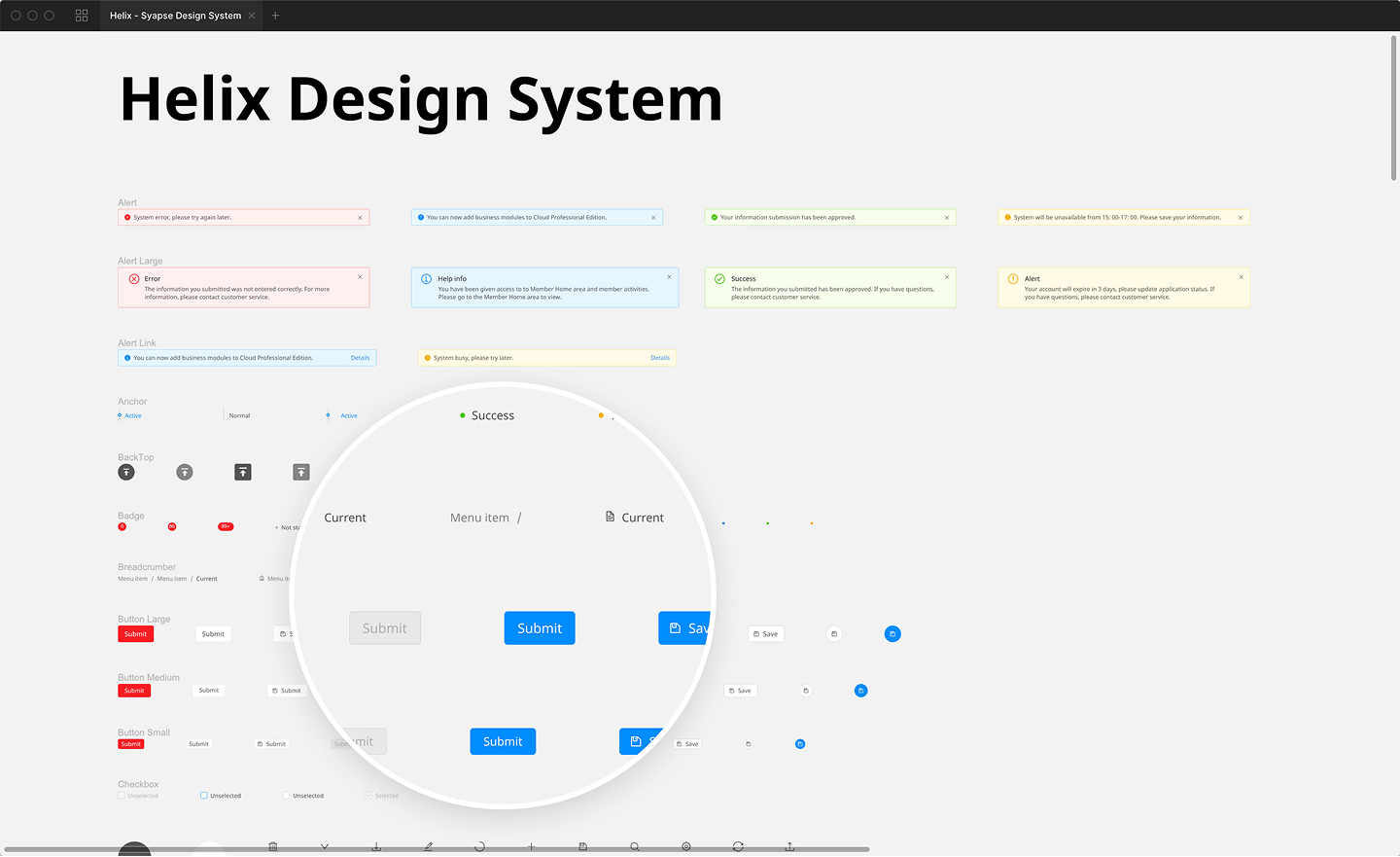ESW
Leading Design for a Psychiatry Electronic Health Record Platform
At Osmind, a leading EHR platform advancing mental health therapies, I joined as Head of Design to build and lead the product design function from the ground up. I established the design system, defined the product design direction, created team workflows, and collaborated cross-functionally to shape the company’s product strategy.
Deliverables: Electronic Health Record (EHR) Platform; Design System
Project Type: Full End-to-End; Hiring; Team management
Team: UX research; 4 designers
Business Goals
The goal was to design a streamlined, intuitive, and robust Electronic Health Record (EHR) system that supports the full spectrum of healthcare workflows. Key features include account creation and management, scheduling, patient charting, billing, and reporting—ensuring a seamless experience for both providers and administrative users.
User Impact Goals
Designed to empower small psychiatry practices across the U.S., this project aimed to simplify practice management, reducing administrative burdens. By streamlining operations, the goal was to help providers reclaim valuable time—allowing them to focus more on delivering quality care to their patients and less on paperwork.
My design approach is rooted in research and collaboration. At Osmind, I led cross-functional workshops, flow mapping, and rapid iteration to simplify complexity, align on user needs, and deliver intuitive, scalable solutions that support business goals.
Design Process
01/ Research & Ideation
As Head of Design at Osmind, I led research, workshops, and iterative design to shape the EHR experience. Cross-functional workshops—like one for the ‘Superbill’ feature—brought together Product, Clinical, and Design teams to assess the current state, align on user needs, and collaboratively define effective solutions.
02/ Flow Mapping
Flow Mapping involved ongoing design exploration and UX research, uncovering the need for simplicity and seamless integration with diagnosis and procedure data. These insights guided rapid iterations focused on clear data hierarchy and fast access to essential clinical information for our practice customers.
03/ Design system
At Osmind, one of my first initiatives was to introduce a design system to support rapid product development. Given the company’s early-stage pace, I implemented an open-source solution that enabled the team to efficiently build, scale, and maintain consistent user interfaces across the platform.
04/ Final Design Direction
The final design direction for Osmind focused on creating a clean, intuitive, and low-friction user experience. By prioritising user-centred design, the product effectively supports psychiatry practices with the tools and data they need—helping solidify Osmind’s position as a leading EHR provider in the U.S.
Next Steps
Leveraging both qualitative and quantitative feedback, we continuously measured the impact and success of EHR features. This iterative approach informed key design decisions, driving significant user engagement and contributing to strong business growth as the product matured and evolved.
Round Up
At Osmind, a leading EHR platform for mental health care, I joined as Head of Design to build and lead the product design function from the ground up. I established the design system, defined the product vision, and shaped team workflows. Collaborating closely across teams, I helped drive a user-centred strategy that powered product growth and business success.









